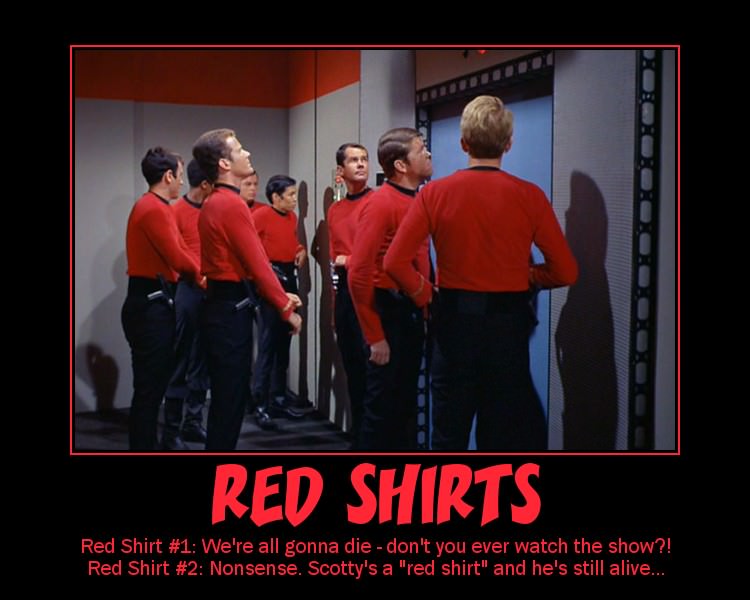Aliens are big in the news recently, fueled by congressional hearings about Unidentified Anomalous Phenomena (UAPs), formally known as UFOs. But while the idea of aliens visiting Earth may be exciting, the better bet is still the idea that aliens might exist on distant worlds. We already know potentially habitable planets are common and intelligent life has arisen on at least one world, so why not many? But after 60 years of searching for evidence of extraterrestrials “out there,” we’ve found nothing. So what does that tell us?
Continue reading “What Does 60 Years of Silence Tell Us About the Search for Extraterrestrials?”The First Civilization We Contact Will Have Been Around Much Longer Than Humanity
Recently at UT, author Matt Williams has been writing a series called “Beyond Fermi’s Paradox”, which takes a look at possible resolutions to one of the most famous questions in science: “Where is everybody?” As Matt discusses, there are multiple hypothetical solutions, but there may eventually come a day when we can definitively answer it.
Consideration of that day opens up a whole host of new questions, not the least of which is what will an intelligent civilization we find be like? Carl Sagan popularized the notion that it is very unlikely that any extraterrestrial civilization would be equivalent to ours in terms of technological progress. What he did not address was the relative age of the civilization and what that might mean in terms of their interest in communicating with us. Now a team of astronomers have come up with an answer to that question using one of the most underappreciated mathematical tools: statistics. Their model provides a simple answer: any intelligent civilization is likely older than us, and potentially much older.
Continue reading “The First Civilization We Contact Will Have Been Around Much Longer Than Humanity”Red-Shirt Risk: How Likely Is It That You’ll Die?
Remember that moment in the movie Star Trek (2009) when James T. Kirk, Hikaru Sulu and the red-shirted Engineer Olson don spacesuits, and free-style plummet from orbit to a giant machine threatening the planet below?
For those who didn’t see it: We hate to ruin the surprise for you, but … Olson didn’t make it. It was an homage to an old joke stemming from Star Trek‘s original series (1966-69). In that show, anonymous crew members in red shirts frequently died to demonstrate how risky a certain voyage was to the main cast.
How statistically accurate is that assertion of red shirts dying more often than others? One Star Trek geek – who happens to deal in analytics for a living – put it to the test.
His analysis says 73% of deaths in that series were red-shirted crew members. If you’re gonna die, he adds, there’s a better-than-even chance that will happen if you’re a part of a landing party.
“Besides not getting involved in fights, which usually proved fatal, the crewmen could avoid beaming down to the planet’s surface, which is inherent to their end,” wrote Matt Bailey, president of SiteLogic, an online marketing consultancy based in Ohio.
So the answer is simple, it appears: Refuse to leave the spacecraft. But in Star Trek‘s military-like universe, it’s not that easy. “That could result in a court-martial for failure to obey orders,” Bailey added.
So it’s jail, or death. Quite the choice.
Bailey then continues his analysis on the best chances for red-shirt survival (hint: it has to do with Captain Kirk’s frequent romantic dalliances – which raises the survival rate by 84%) and how best to present the data on Star Trek deaths.
Bailey’s post is more than five years old, but still an entertaining read for Star Trek fans and statistics geeks alike.
Lead image courtesy of Star Trek Inspirational Posters.
Elizabeth Howell (M.Sc. Space Studies ’12) is a contributing editor for SpaceRef and award-winning space freelance journalist living in Ottawa, Canada. Her work has appeared in publications such as SPACE.com, Air & Space Smithsonian, Physics Today, the Globe and Mail, the Canadian Broadcasting Corp., CTV and the Ottawa Business Journal.



